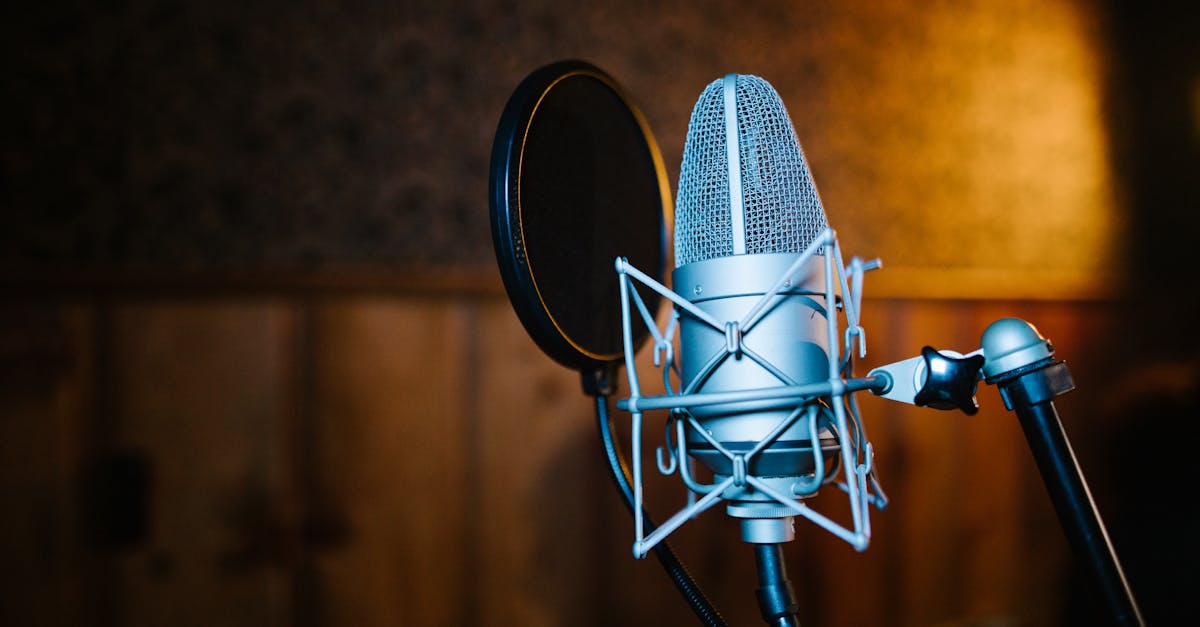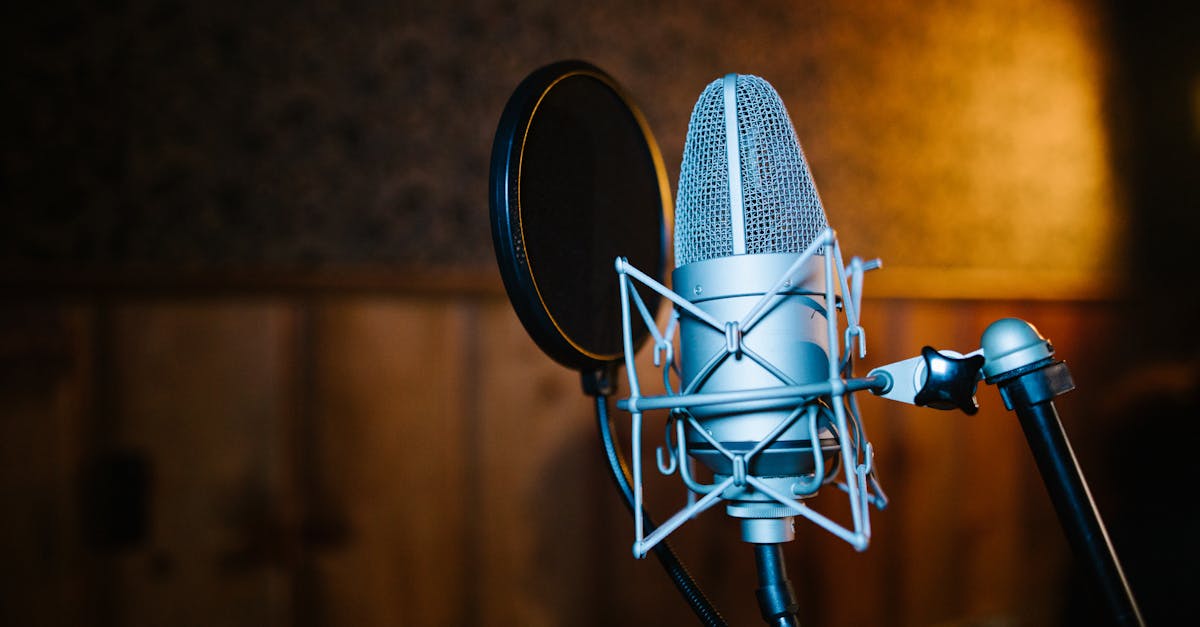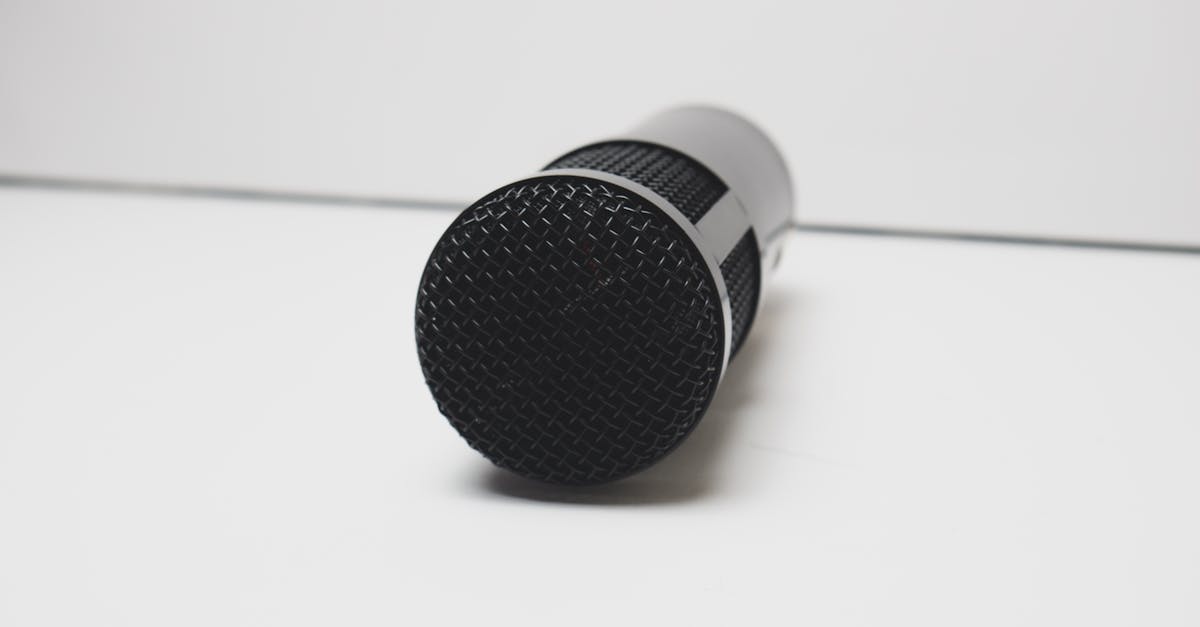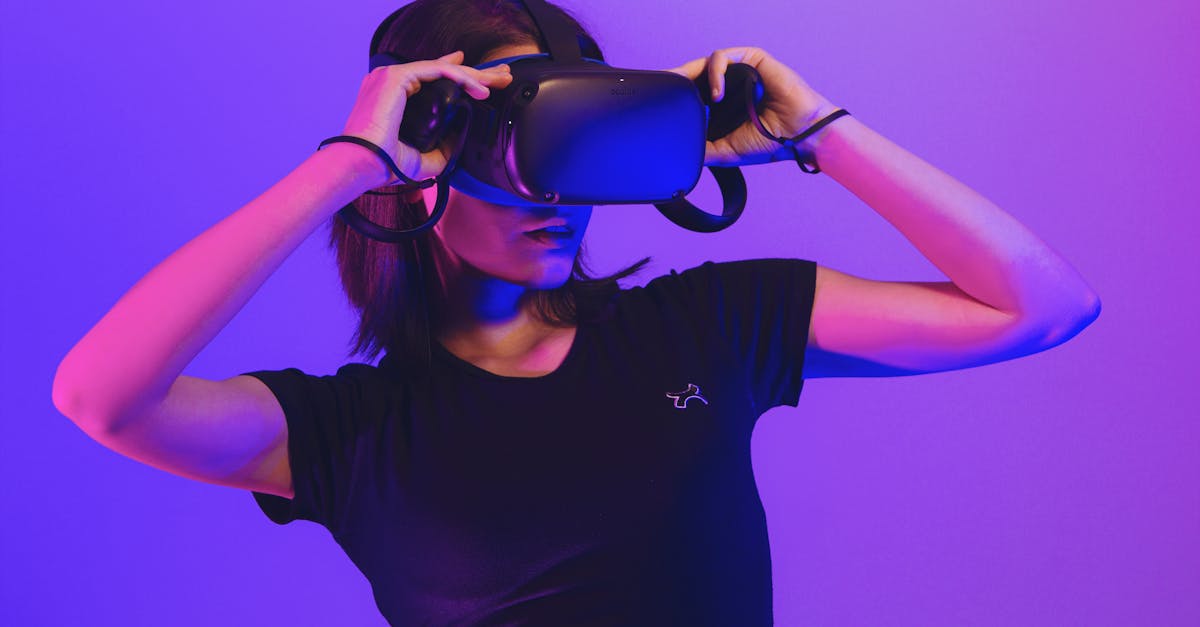Immersive Sonic Explorations 2025
Introduction
The year 2025 marks a thrilling advance in the world of sound as immersive sonic technologies redefine auditory experiences. Gone are the days when music simply played in the background; today, immersive soundscapes place listeners at the heart of the acoustics. The seamless blending of art and technology leads to earsplitting innovation, captivating audiences. But what exactly drives this sonic transformation? How do advances such as 3D audio and augmented sound experiences reshape our interaction with music and sound? These explorations offer limitless potential, ushering listeners into a new auditory realm.
Advertisement
Technological Advances in Sonic Experiences
Innovations in audio technology have revolutionized how we perceive sound. Developments in spatial audio technology have enabled a more three-dimensional hearing experience, surrounding listeners in a cocoon of sound. 3D audio systems can now simulate concert acoustics in the comfort of one’s home and present an immersive sonic experience unprecedented until now. Augmented sound, too, is making waves, where sound layers can be added to a real-world setting to create an otherworldly experience tied effortlessly with augmented reality applications. Such advances illustrate how immersive sound experiences transcend previous auditory capabilities, setting new standards in music and media.
Advertisement
Applications in Music and Entertainment
In music, immersive sonic technologies have expanded the horizon of creative possibilities for artists, composers, and performers. By using three-dimensional soundscapes, artists can weave stories with unprecedented depth and narrative through audio. Performances become multisensory events, with sound directing emotional responses and creating a shared experience among audiences. In entertainment, film sound design has leaped beyond traditional stereo to craft emotion-soaked atmospheres through lifelike audio experiences. Spectators now feel every footstep, every wind gust, and every whispered conversation as though they were part of the scene itself.
Advertisement
Impact on Gaming
Immersive sound is reshaping the gaming industry, where experience is crucial for user engagement. Sound is no longer a background note but a critical component of gameplay strategies. Players navigate virtual worlds guided not only by visuals but by auditory cues, allowing more intricate storytelling and realistic simulations. Enhanced 3D audio enriches interactive experiences, cultivating a sense of participation as players hear footsteps approaching from behind or distant thunder rumbling in a virtual landscape. This development offers gamers an unparalleled level of immersion and involvement, transforming ordinary gameplay into an extraordinary journey.
Advertisement
Therapeutic and Wellness Uses
Beyond entertainment, immersive sonic explorations are making strides in wellness and therapeutic realms. Sound therapy has been acknowledged for its ability to induce relaxed states, aid sleep, alleviate stress, and support mental health. In 2025, such practices now integrate sophisticated acoustic simulations fostering harmonious mental states and meditative spaces. Virtual sound baths and guided audio experiences are becoming widely embraced for their calming and healing properties. These sonic ventures present transformative avenues for holistic well-being, reflecting the versatility of sound as a force for improved health.
Advertisement
Broadcasting and Journalism Innovation
Immersive sonic technology also finds applications in broadcasting and journalism, as the industry adopts multidimensional storytelling. Reporters in war zones, environmental disasters, and bustling cityscapes can transport audiences directly into the heart of the action using spatial and participatory soundscapes. This auditory storytelling delivers news stories more compellingly, connecting listeners with narratives in profound and relatable ways. Transformative audio simulcasts create a sense of presence, fostering empathy and deepening public understanding of global events.
Advertisement
Challenges and Ethical Considerations
Alongside the excitement, challenges and ethical considerations arise with immersive sound technologies. As experiences become profoundly affecting, the risk of sensory overload and audio fatigue grows, urging creatives and developers to consider listener well-being. Furthermore, as soundscapes meld with augmented realities, ethical concerns about audio manipulation and personal space in public settings emerge. Balancing artistic expression against individual privacy rights will be a defining factor in the responsible use of these new auditory dimensions.
Advertisement
The Role of AI in Sound Exploration
Artificial Intelligence plays an integral role in the advancement of sonic exploration. It stands as a pillar of personalization and innovation, where AI-driven algorithms tailor immersive sound experiences to user preferences. Smart systems analyze listener behavior to curate personalized audio environments that enhance music discovery. AI also supports noise-canceling capabilities, voice recognition, and adaptive soundscapes that breathe life into dynamic settings, ensuring an intimately customized and unparalleled auditory journey. The fusion of AI with sound art affirms a future enriched with personalized and intelligent aural experiences.
Advertisement
Future Prospects and Trends
Looking forward, the exploration of immersive sound invites infinite possibilities. The integration of sound into urban environments paves the way for 'sonic architecture,' blending sound with structural design to create harmonious public spaces. Collaborative sound experiences challenge traditional notions of audience passivity, inviting community engagement. Meanwhile, the burgeoning popularity of wearable audio devices facilitates personal audio ecosystems. The landscape of immersive sound continues to expand, fueled by ongoing innovation, with the potential to redefine auditory engagement, artistic expression, and cultural connections.
Advertisement
Conclusion
In sum, the journey of immersive sonic explorations in 2025 represents a pivotal moment in auditory culture. Advancements in audio technology have transcended limitations, merging with various industries to redefine the sensory experiences of sound. As these auditory evolutions thread through music, gaming, wellness, and journalism, they cultivate deeper connections with audiences. Yet, the journey of immersive sound technology is not without its responsibilities, prompting ethical considerations and the need for balance. The future of sound is an exciting horizon of uncharted possibilities, a sonic revolution that will keep resonating with humanity across spectrums.
Advertisement







